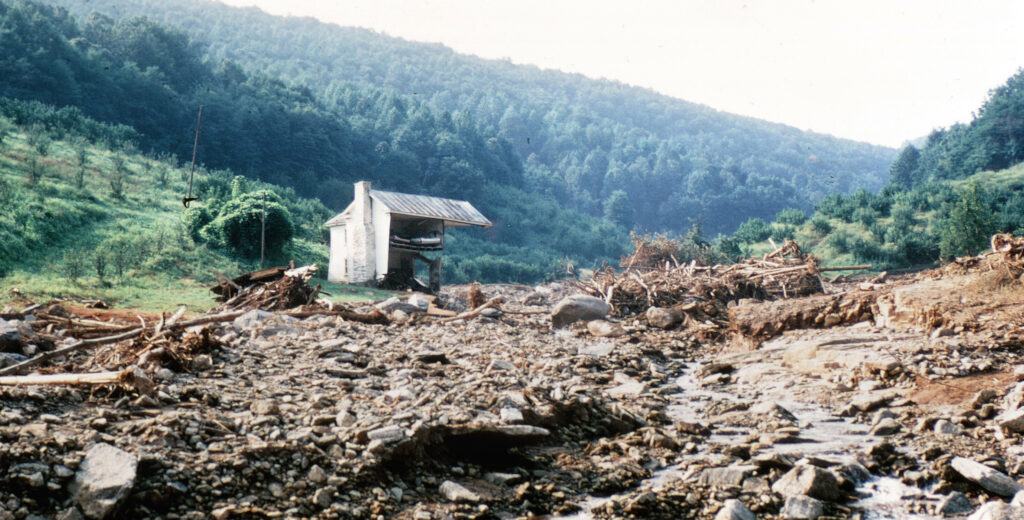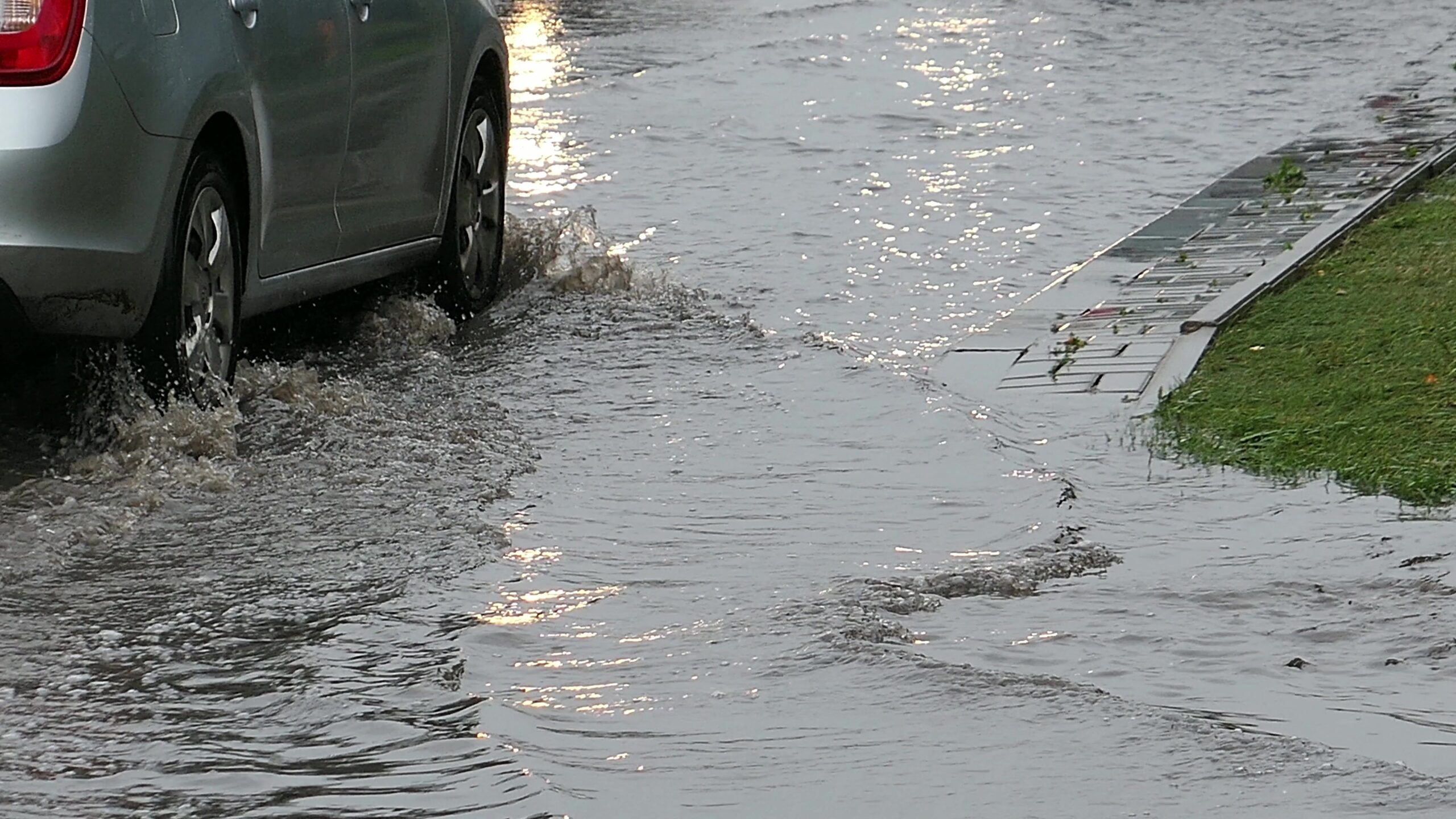Flash flooding has been in the headlines for nearly two weeks, following the catastrophic Guadalupe River flood in Texas earlier this month.
The Texas tragedy, while thousands of miles and decades apart, is a stark reminder of the 1969 Hurricane Camille floods—with the overnight arrival of flood waters, high death tolls, and failures of emergency alert systems. More recently, the Charlottesville area suffered the loss of 12-year-old Jordan Sims of Crozet, who was killed by flash floods on May 13.
Alerts, along with their conveyance, have been in the spotlight following the Guadalupe River flood. More than 130 people are dead, with at least 100 others still missing in Texas, raising concern about existing alert systems. However, the communication issues encountered in Kerr County are not unique, says Majid Shafiee-Jood, an assistant professor of civil and environmental engineering at the University of Virginia.
“While the National Weather Service issued multiple flash flood warnings early that morning, it is unclear whether those alerts reached residents in more remote areas, including at Camp Mystic,” says Shafiee-Jood. “Limited or nonexistent cell service may have prevented Wireless Emergency Alerts from being delivered, a critical issue in what is otherwise considered a fairly robust national alert infrastructure. Unfortunately, this was not an isolated issue.”
As part of his work at the University of Virginia Environmental Institute, Shafiee-Jood is researching hazardous weather informed decision-making, and the efficacy of alerts. The quick-onset nature of flash floods in particular creates unique challenges in the effective communication of emergency warnings. But even when alerts are issued, they’re not always received.
“Even when the science and decision-making are sound, warnings can fail to reach people on the ground, particularly in rural or mountainous areas. This is one area where I believe our emergency communication systems, not just in Texas or in Virginia, but everywhere in the country, share a common challenge,” he says.
Communication is more easily interrupted in rural areas, creating an environment where rapid onset weather events can block information before alerts are issued. This occurred during the Hurricane Camille floods, when connections to rural Nelson County were cut off by torrential flooding and mudslides.
More than 50 years later, communities in North Carolina encountered the same communication breakdown during Hurricane Helene in 2024. “I was closely tracking news from North Carolina, where an evacuation order sent through IPAWS in Buncombe County did not arrive on some residents’ phones until hours later, by which point a landslide had already occurred,” said Shafiee-Jood. “County officials later confirmed that flooding had disabled nearby cell towers, disrupting message delivery.”
Examining emergency alert systems in the United States is made difficult by the range of systems employed by states. Monitoring begins at the NWS, with local weather forecast offices looking at rainfall and water levels, and preparing weather watches and warnings as appropriate. From there, the process largely shifts to the local level.

In Virginia, weather alerts and procedures are largely centralized, but many aspects of response are localized.
“Virginia does exhibit a more centralized structure, especially when it comes to large-scale emergency declarations or even evacuation orders, but much of the planning, shelter operation, and on-the-ground decision-making remains decentralized at the local level,” says Shafiee-Jood. “Once local emergency management receives these alerts, they assess local conditions, coordinate with first responders, and decide whether to issue additional local warnings or take protective actions. They may activate sirens, send messages through localized alerts, or county-specific text/email services, and mobilize emergency personnel for evacuations or road closures.”
Shafiee-Jood is currently working alongside researchers at UVA and Texas A&M University to determine how to improve emergency communication systems and community responses during severe weather, including flash floods.
“What we have learned so far (and continue to explore) is that no single alert system is universally effective. The impact of a warning depends not just on the content and timing, but also on who sends it, how it is delivered, and how it intersects with local knowledge, community trust, and past experiences,” he says.
At press time, portions of central and western Virginia, including the greater Charlottesville-area, were under a National Weather Service flood watch.





